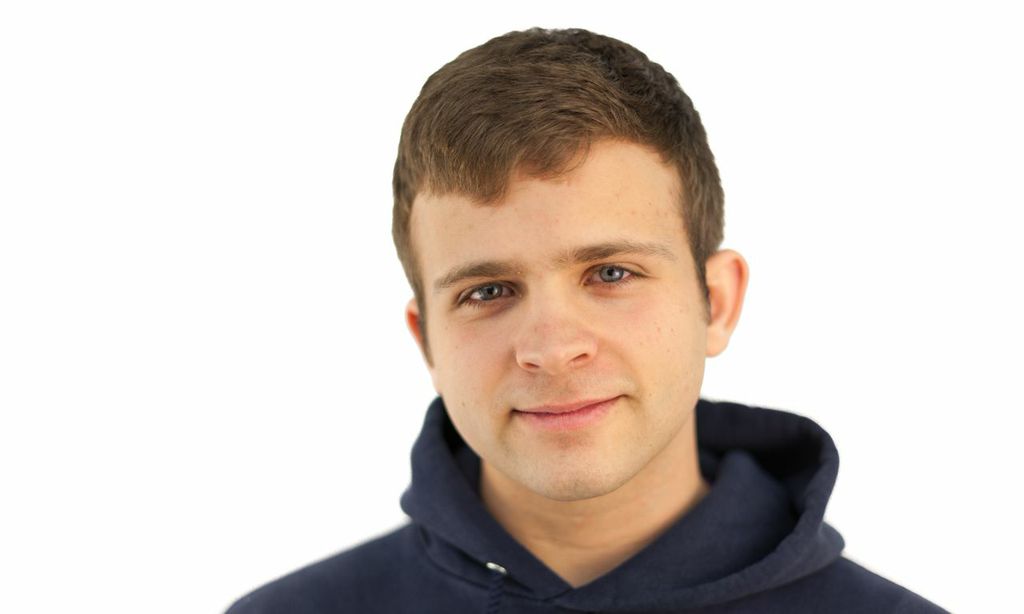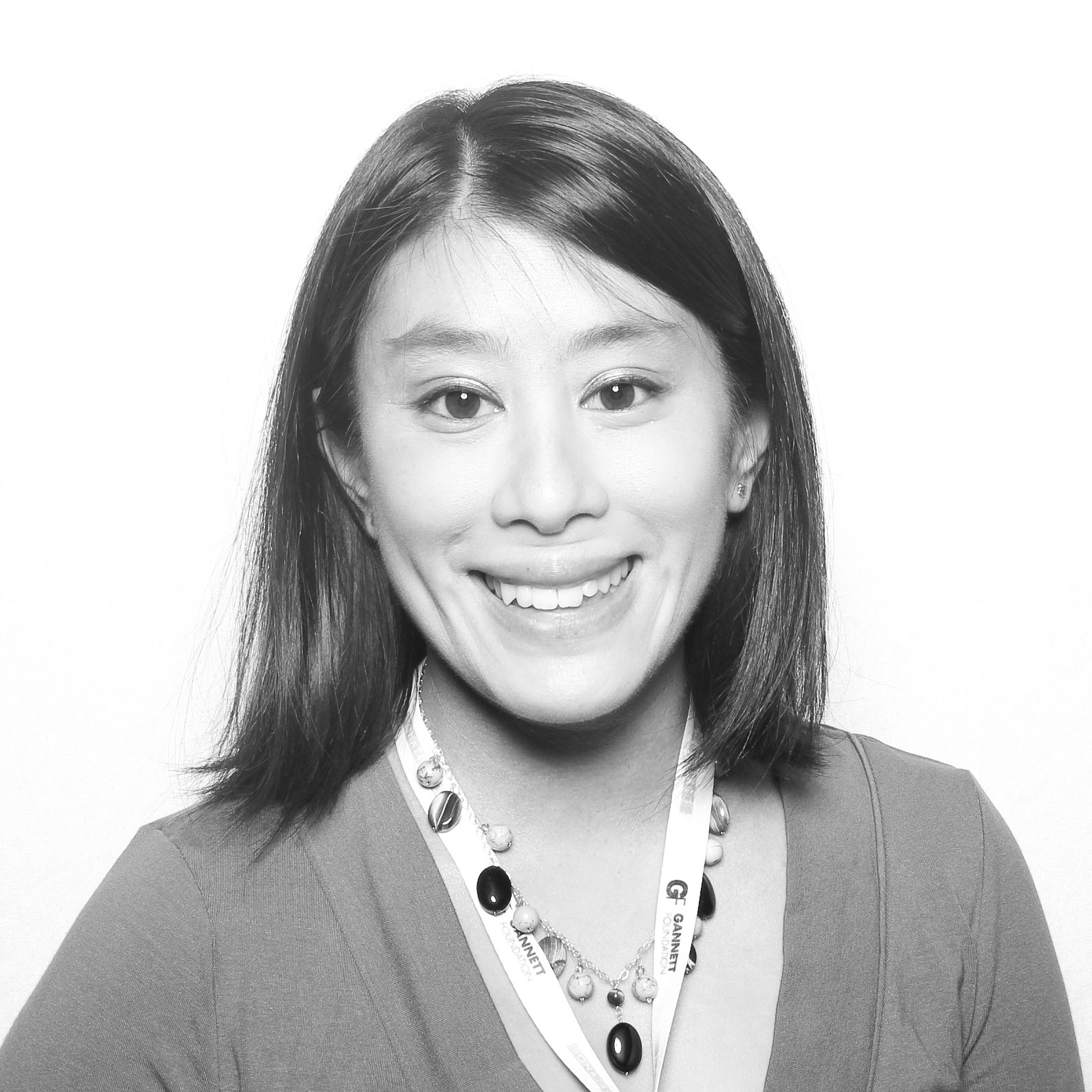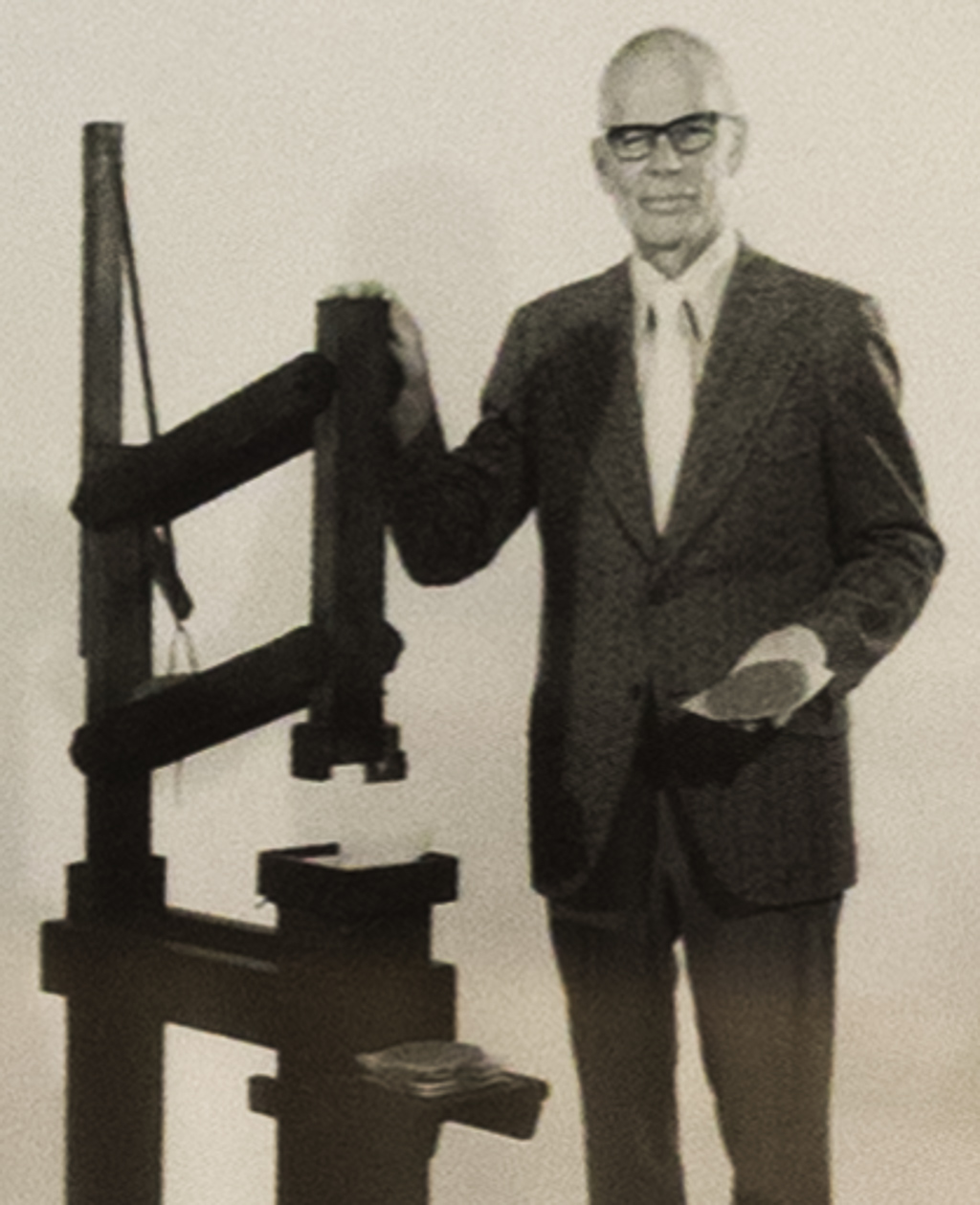Back in June of 2013 I was at a The Starter League demo day and watched this kid named Jack present what he built in three months. Impressive.
Jack was confident, he was raw, he was rebellious, and he was clearly smart as hell. And he was just 19.
After the presentation I turned to Neal Sales-Griffin, one of the founders of The Starter League, and said “Who the hell is this kid? I have to meet him.” Neal gave me his email address and I shot him a note. We traded a few emails and I agreed to be one of his mentors moving forward. Since then we’ve met up a handful of times. I’ve helped him think through a bunch of stuff, and he’s helped remind me what it’s like to be young and hungry. I have to admit I’m a bit jealous of where he’s at.
After Jack’s Starter League experience, he applied to go to Starter School, the level-up program from The Starter League. It’s a 9-month intensive — and supportive — program where people learn the whole stack – coding, designing, the art of product, and the basic business building blocks necessary to eventually turn what they build into a business.
A few months ago, Jack and the rest of his classmates graduated Starter School. Along the way I had the privilege of meeting these students. What a fine group of people they are.
I spent hours talking with them, getting to know them, listening to their stories, and hearing about their experiences. A few of them were just under 20 years old. Others were college dropouts. Some had just quit jobs they hated. Some were part of family businesses, others weren’t sure what to do with their lives. Some were sick of just having “ideas” — they actually wanted to make something real for themselves for the first time.
I came away feeling like I just met an all-star team. They weren’t all where they ultimately wanted to be yet, but they were all on their way. Full of confidence, full of new skills, and full of opportunity. Some will go get jobs, some will start their own business and create jobs. And some will go back to what they were doing before, except that now they’ll be an entirely different person.
I asked Jack to write up his experience at Starter School. I wanted everyone to get to know him, and to get to know what’s it like to go through this unique program.
So, here’s Jack’s Starter School story, in his own words:

Two years ago I was packing my bags and off to St. John’s University in Queens, New York to start college.
One year and nine months ago I was officially a college drop out.
Today I am a developer, designer and entrepreneur. I’ve built two products that people use (and one that’s in the process getting acquired). I have serious job offers. And I’ve built relationships with some of the most influential people in Chicago’s tech community. Including Jason Fried, who asked me to share my story here on SvN.
What’s up everybody?
My name is Jack Mallers (@jackmallers). I’m a 20 year old kid from a small city called Evanston, right outside Chicago. I wear sweats. I’m better than your average chess player. I stole the ball from Jabari Parker once. But the most valuable thing in my life by far is the education I received at Starter School.
Dropping out of college was not easy. To be honest, I was crushed. You grow up thinking there’s this path you have to walk to live what other people consider a good life. I felt judged by some of my friends. I felt like I was letting my dad down. I felt like I had let myself down.
I had no idea what path I was going to walk next. I didn’t want to sit in a bunch of boring classes. I didn’t want to struggle through every week just to have a beer at the tailgate on Saturday. I didn’t want to spend my days turning in homework that only effected my GPA, which then effected whether I got some internship. That life felt limited, and I knew I didn’t want to do that.
What I didn’t know was that I had a choice.
I will never forget walking into Starter School to meet Neal, the founder. He told me “people don’t come here to build resumes, they come here to build things that solve problems.” I looked over to my dad and we both smiled with that “hell yeah” look on our face. I was sold. This was exactly where I wanted to be.
Two months into Starter School I built my first app. I had a classmate named Mohammad. Mohammad is handicapped and uses a wheelchair to get around. He came to class one day with a ridiculous story.
One night Mohammad was heading home from Starter School and got stuck at a train station that wasn’t handicap accessible. At this point the other stations were now closed for the night, so Mohammad had to wait in his wheelchair on the street in Chicago at midnight for his mom to drive an hour to take him home.
When Mohammad told me his story, we realized we had the skills to solve this problem now. We built a tool that filters out non-accessible routes when you search for directions. Now, Mohammad no longer has trouble getting home in his wheelchair by train.
I then built an app for gyms to track their personal training clients with my classmate Harsha. We made it to the final round of interviews with TechStars Chicago with it. Now we’re in negotiations to have the product acquired.
Today, I’m building ChessExplained, an app I’ve wanted to exist since I was 8 years old. There have always been too many variables that factor into a good chess experience where someone can learn from a coach. You need to be in the same room, you need to be free when they are free, and they can’t be too expensive. That’s too long of a checklist. Chess is too beautiful of a game. That’s why ChessExplained exists. I can now learn and experience chess whenever I want with whoever I want over the internet.
I have no idea if you are a gym owner or want to learn chess. That’s not the point of this story. The point is a college dropout can become a developer, designer, and entrepreneur in one year.
Don’t settle. You don’t have to work for someone else’s dream, you can build your own. This past year has been unreal, and I am so thankful for everyone that has helped me through it. But my journey wasn’t magic. It wasn’t chance.
It was a decision.
I chose Starter School because I love solving problems and making a difference. I’ve paved my own path. I hope you realize you are only a decision away from doing the same.
Disclosure: Basecamp is a minority investor in The Starter League which runs Starter School.





